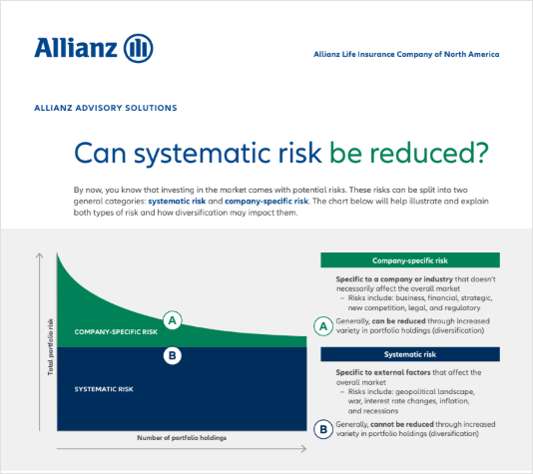Brighthouse Financial Inc. came fully to life as an independent company Aug. 4, after the completion of an enormous, historic separation from MetLife Inc.
The Charlotte, North Carolina-based issuer of individual life and annuity products has a market cap, or total stock value, of about $6.8 billion.
It reached Sept. 30, the end of the third quarter, with $223 billion in assets.
It generated about $2 billion in revenue in the third quarter, and about $5 billion in revenue in the first three quarters of the year.
Its parent is 149 years old long. If Brighthouse lasts as long, until 2166, it could have policyholders on the Moon. It could invest some of its assets in construction projects that will create structures that will last for thousands of years.
Brighthouse recently released the first Form 10-Q, or U.S. Securities and Exchange Commission quarterly report, that it has filed with the SEC since the spinoff from MetLife.
A copy of the full report is available here.
The SEC encourages a publicly traded company to use the reports to give investors details about operations, and thoughts about potential risks facing the company.
Here's a look at some of the observations about financial services product distribution and related matters that Brighthouse made in the third-quarter 10-Q.
1. Brighthouse has one major financial services distribution unit.
Brighthouse Securities L.L.C. is a broker-dealer registered with the SEC, approved as a member of the Financial Industry Regulatory Authority, and licensed as an insurance agency in all required states.
Brighthouse is also the parent of Brighthouse Services L.L.C., an internal services and payroll company that might be involved with explaining various products to the company's own employees.
2. Brighthouse is watching U.S. Department of Labor actions on the fiduciary rule carefully.
Although the DOL seems likely to postpone implementing the rule, and related guidance, Brightouse has put a long discussion of DOL and Employee Retirement Income Security Act considerations in the 10-Q.
"While we currently believe manufacturers do not have as much exposure to ERISA and the [Internal Revene] Code as distributors, certain activities are subject to the restrictions imposed by ERISA and the code, including the requirement under ERISA that fiduciaries must perform their duties solely in the interests of ERISA plan participants and beneficiaries, and those fiduciaries may not cause a covered plan to engage in certain prohibited transactions," Brighthouse says.
Brighthouse notes that MetLife, its former parent, sold MetLife's retail segment to MassMutal to move entirely to an independent, third-party distribution model.

(Photo: Diego M. Radzinschi/ALM)



